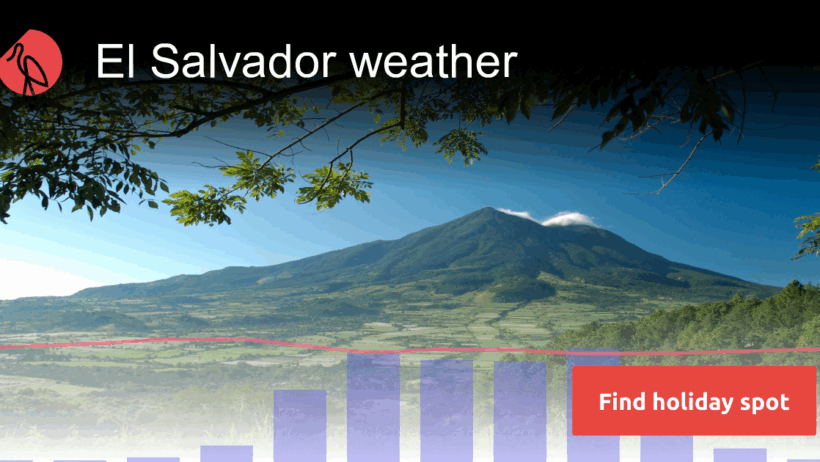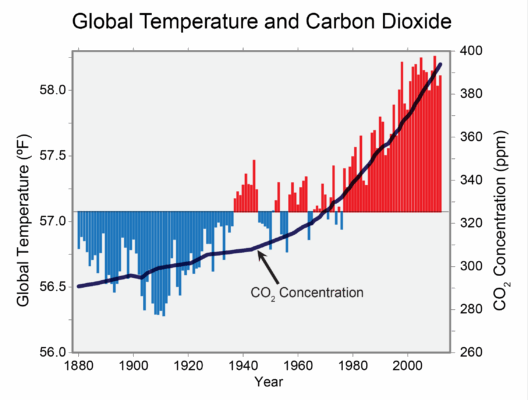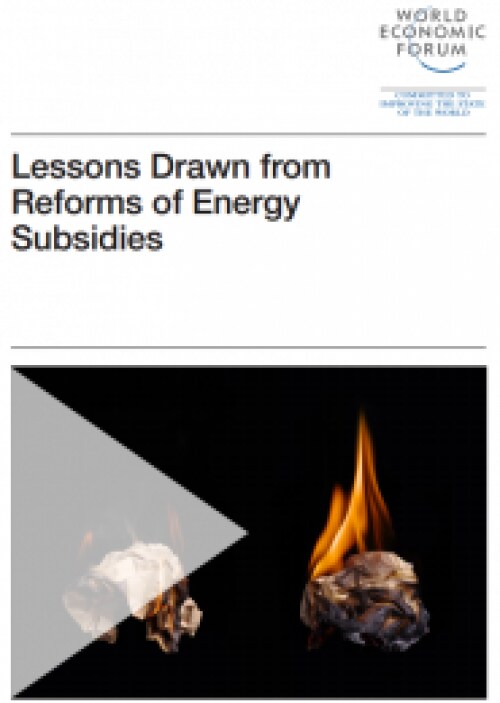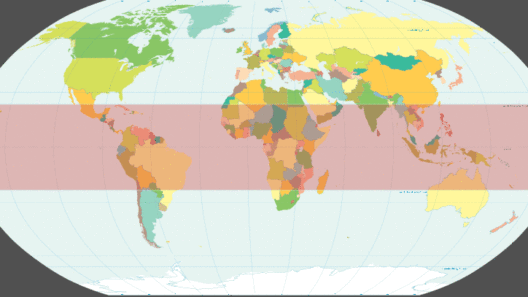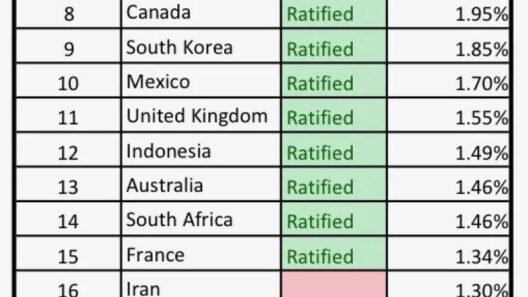El Salvador, a small yet vibrant nation nestled in the heart of Central America, boasts a climate that is characterized by its tropical warmth, offering both beauty and challenges. With a geographical footprint slightly larger than the state of Massachusetts, El Salvador experiences a climatic tapestry woven from its topographical diversity, encompassing beaches, mountains, and valleys. This intricate climatic phenomenon captivates environmentalists, tourists, and residents alike, each engaging with the subtle nuances of weather patterns and seasonal variations.
El Salvador’s climate is predominantly classified as tropical, specifically a tropical savanna climate, which is fundamentally influenced by both geographical and meteorological factors. The positioning of the country between the equator and the Tropic of Cancer plays a pivotal role, rendering it susceptible to a series of climatic influences. The country experiences two primary seasons: the wet season and the dry season. The wet season typically extends from May to October, characterized by heavy rainfall and heightened humidity. Conversely, the dry season, from November to April, presents clearer skies and lower humidity levels, though occasional weather disturbances may occur.
Geographic variations significantly impact climate conditions throughout El Salvador. The western region, dominated by volcanic mountain ranges, exhibits cooler temperatures and distinct microclimates compared to the low-lying coastal areas. For instance, the Andes Mountains contribute to lower temperatures as elevation increases. This stratification results in diverse ecosystems, ranging from lush, tropical forests to arid grasslands. In contrast, the coastal regions, particularly along the Pacific Ocean, experience notably higher temperatures and humidity, with coastal breezes offering some respite from the summer heat.
Temperatures in El Salvador vary based on altitude. In lower regions, such as San Salvador, daytime temperatures often soar above 30 degrees Celsius, particularly during the dry season. Tropical heat is mitigated by nightfall, when temperatures can plummet to a comfortable range. Conversely, central and northern mountainous regions experience cooler conditions, with temperatures often dipping to around 10 degrees Celsius at night. This variation contributes to distinct agricultural practices—while temperatures in the valleys allow for the cultivation of sugarcane and bananas, higher altitudes facilitate the growth of coffee, a significant export crop.
Rainfall is another critical component of El Salvador’s climate. Average annual precipitation varies significantly across regions, ranging from 600 mm in arid zones to over 2,500 mm in the lush highlands. The abundance of rainfall is not without its detriments; during the wet season, the country is prone to natural disasters, including landslides and flooding, challenging the resilience of local communities. These climatic adversities compel the government and environmental agencies to engage in robust disaster preparedness and sustainability initiatives, aimed at mitigating the impacts of climate change.
El Salvador is not immune to the broader implications of global climate change, which exacerbates seasonal variability and intensifies weather patterns. Rising temperatures and shifting rainfall patterns threaten agriculture, water resources, and biodiversity. Projects focused on climate resilience have gained traction, with efforts to promote sustainable farming practices, reforestation projects, and conservation initiatives being vital components of the strategy to combat climate vulnerabilities.
In addition to climate change, local land-use practices significantly influence the ecological balance. Deforestation, due to urban expansion and agricultural demands, has detrimental effects on the environment. The removal of forests reduces biodiversity and disrupts the water cycle, leading to exacerbated flooding during the rainy season and drought in the dry months. Recognizing the vulnerability of ecosystems, environmental organizations are advocating for reforestation and sustainable land management practices, aiming to restore ecological integrity.
El Salvador’s climate is also critical to its cultural identity. Traditional festivities and agricultural cycles are often intertwined with climatic patterns. The cultivation of crops such as maize and beans is strategically timed to align with seasonal rains, reflecting the historical relationship between local communities and their environment. Furthermore, vibrant festivals celebrating the harvest reflect the agrarian lifestyle, embodying resilience and adaptation in the face of climatic adversity.
Tourism, a vital economic sector, is also affected by El Salvador’s climate. The country’s diverse landscapes attract visitors year-round, although the wet season tends to see a decline in tourist numbers. Beaches, volcanic attractions, and cultural heritage sites flourish under the sunny skies of the dry season, emphasizing the importance of climate in shaping tourist experiences. Eco-tourism initiatives are increasingly promoting sustainable practices, allowing travelers to engage with the environment safely while fostering local economic development.
The future of El Salvador’s climate is a multifaceted issue that demands attention and action. Mitigating climate change effects, promoting sustainability, and enhancing community resilience will be critical for the nation’s environmental health and economic stability. Collaboration among government bodies, international organizations, and local communities is essential to foster adaptive strategies that protect not only the climate but also the rich cultural heritage intertwined with El Salvador’s natural environment.
In conclusion, El Salvador’s climate represents a blend of tropical warmth and environmental challenges. Its diverse geographical regions, seasonal changes, and ongoing climate-related issues underscore the importance of understanding and conserving this unique ecosystem. By embracing sustainable practices and fostering community engagement, the citizens of El Salvador can navigate the complexities of their climate, ensuring a resilient future for generations to come.



